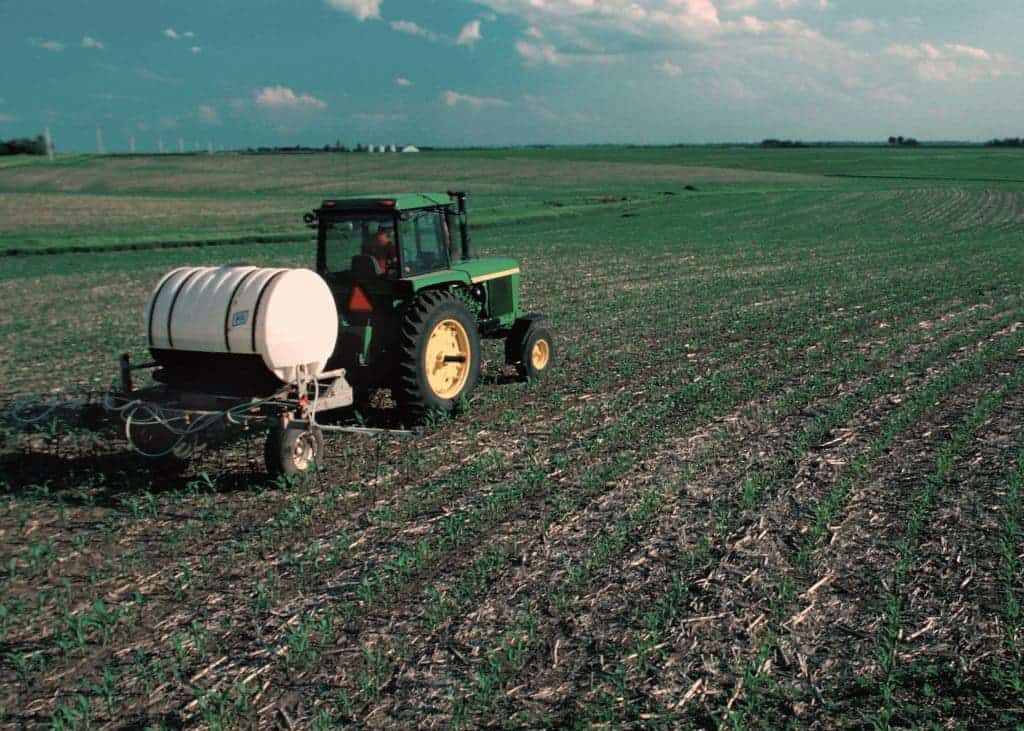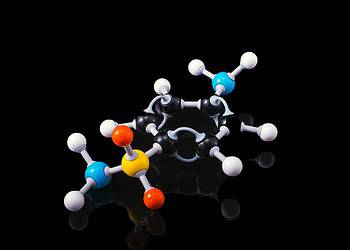According to a new study, we have to increase our phosphorus-based fertilizer production 4 times if we want to satisfy global food needs by 2050.

As human population continues to increase, so do the challenges on global food production. Fertilizers especially are a point of focus, and phosphorous is a key component of many fertilizers. However, like many other nutrients, phosphorous can be depleted, especially when manure is collected and then used to fertilize arable cropland. The phosphorous (in the manure) is basically relocated from grasslands to agricultural lands, creating an imbalance. If grasslands phosphorous is depleted, then the productivity will be severely compromised. Many meat and dairy products depend on this productivity, and this disruption could affect global food production, authors argue.
Martin van Ittersum and colleagues use data collected between the years 1975 and 2005 by the Food and Agriculture Organisation of the United Nations (FAO) in order to build the first global model of phosphorus budgets in grasslands. They found that most grasslands in the world have a negative phosphorous balance – which means they lose more phosphorous than they gain. At some point in the future, the phosphorous reserves will simply become insufficient.
According to their findings, in addition to the fertilizers we’re using on agricultural lands, we’re also going to need fertilizers for grasslands.
So far, the largest negative balance is in Asia, while the only areas with a neutral or positive phosphorous balance are North America and Eastern Europe.






